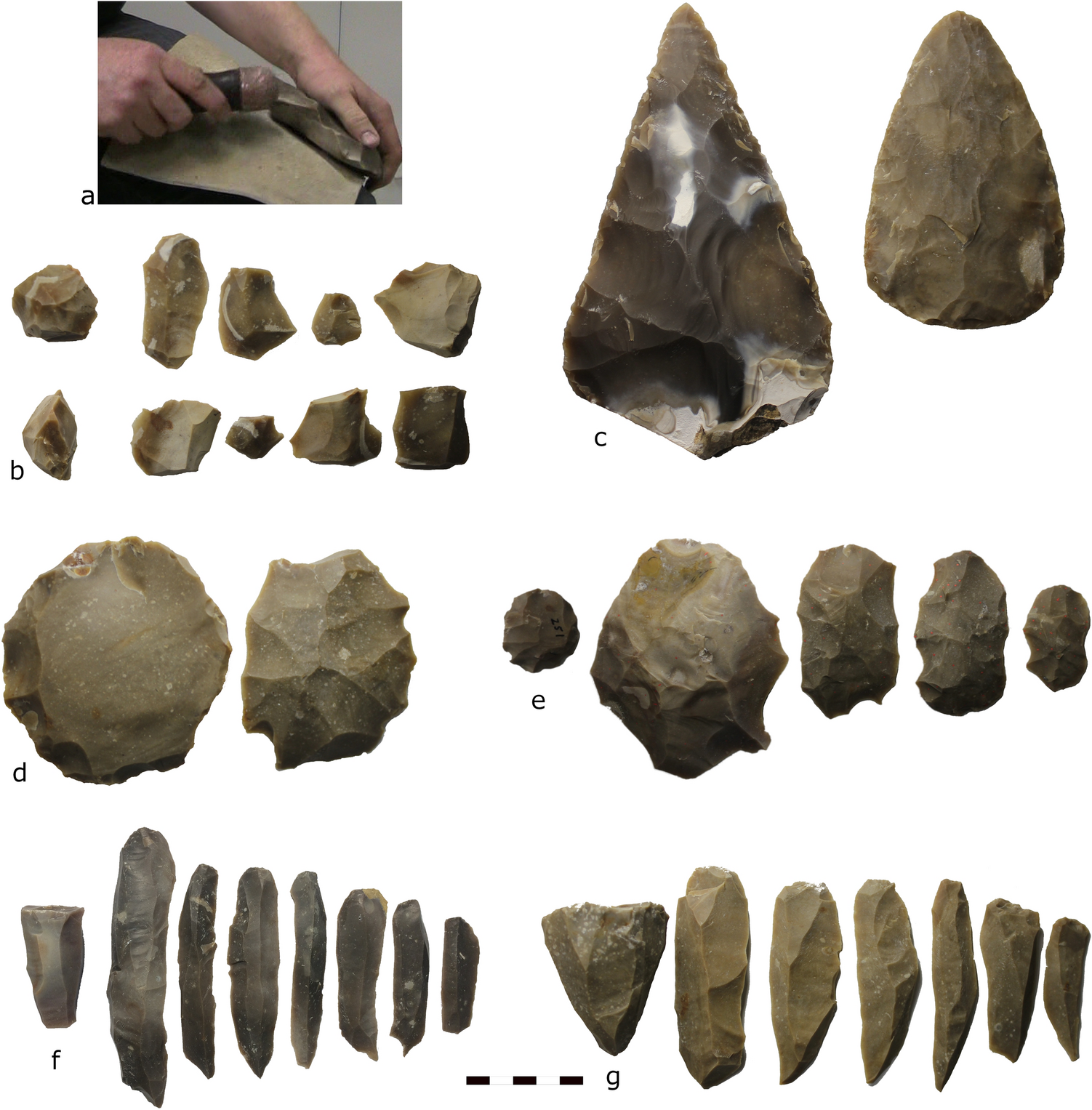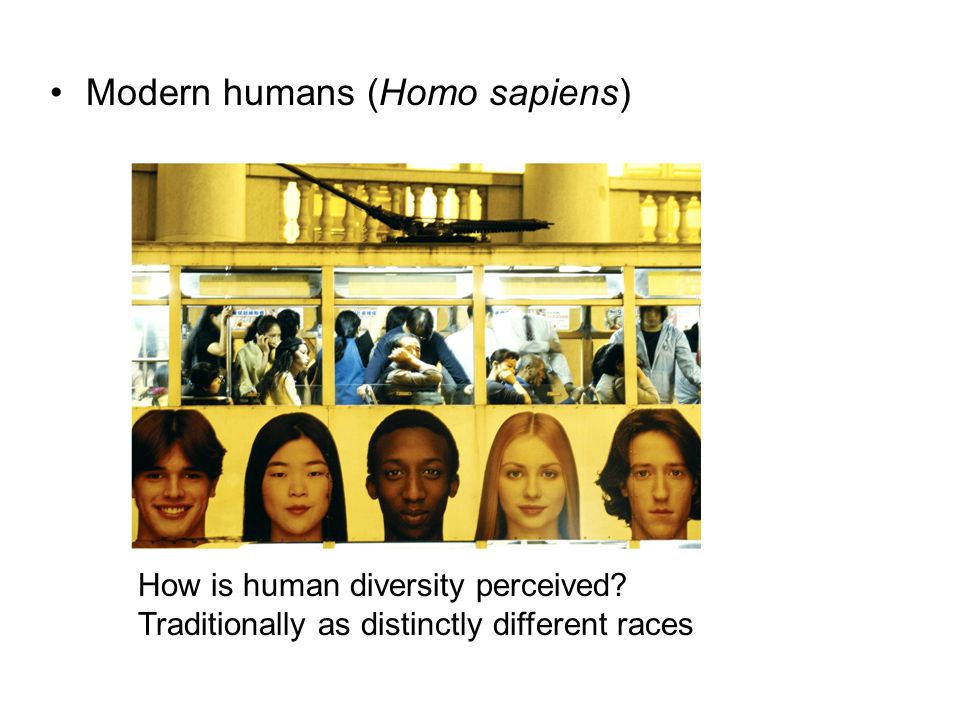Evolution of man
Evolution of Man
February 27, 2025
Evolution of Man
Blog
Submitted in partial fulfilment of the requirements for the award of degree of
B.Tech(CSE)
Submitted to
LOVELY PROFESSIONAL UNIVERSITY PHAGWARA, PUNJAB
Name of student: Mohini Kumari Name of Supervisor: Dr. Rahul Thapa
Registration Number: 12212921 UID of Supervisor: 32985
Roll no. : 27
The Early Ancestors
Our evolutionary story begins roughly 6-7 million years ago in Africa with the appearance of the first hominins – species more closely related to humans than to chimpanzees. One of the earliest known hominin species was Sahelanthropus tchadensis, followed by others like Orrorin tugenensis and the Ardipithecus group.
Around 4 million years ago, the Australopithecines emerged. The famous "Lucy" skeleton belongs to Australopithecus afarensis, a species that lived between 3.9 and 2.9 million years ago. These early ancestors showed a crucial evolutionary development: bipedalism – the ability to walk upright on two legs. This adaptation freed their hands for carrying objects and eventually tool use, while their brains remained relatively small compared to modern humans.
The Emergence of Homo
The genus Homo first appeared approximately 2.5 million years ago with Homo habilis ("handy man"), the first species known to create stone tools. This technological innovation marked a significant turning point in our evolutionary history, allowing these early humans to access new food sources and develop more complex behaviors.
Homo erectus emerged around 1.9 million years ago and represents another major step in human evolution. With a larger brain, sophisticated tools, and control of fire, Homo erectus became the first hominin species to leave Africa, spreading into Asia and Europe. Their ability to adapt to various environments showcased the remarkable versatility that would become a hallmark of our species.
The Rise of Archaic Humans
Between 600,000 and 200,000 years ago, several archaic human species evolved across different regions. In Europe and parts of Asia, Homo neanderthalensis (Neanderthals) developed as a robust, cold-adapted species with brains as large as or larger than modern humans. They crafted advanced tools, created art, buried their dead, and even had a form of language.
Meanwhile, in Asia, the Denisovans emerged as another distinct human group, known primarily from DNA evidence and a few fossils. Other species like Homo floresiensis (the "Hobbit" of Indonesia) and Homo naledi in South Africa demonstrate the remarkable diversity of human relatives that once existed.
The Dawn of Homo Sapiens
Our own species, Homo sapiens, emerged in Africa approximately 300,000 years ago. Early fossils from Morocco (Jebel Irhoud) and Ethiopia (Omo Kibish) show the gradual development of our anatomically modern features. By around 100,000-70,000 years ago, modern humans began their migration out of Africa, eventually reaching every continent except Antarctica.
What set Homo sapiens apart was not just our anatomy but our cognitive and social abilities. Complex language, abstract thinking, artistic expression, and sophisticated technology allowed our species to adapt to diverse environments and outcompete other hominin species. Evidence suggests we interbred with Neanderthals and Denisovans, incorporating some of their genetic material into our genome.
Cultural Evolution Takes Center Stage
With the emergence of Homo sapiens, cultural evolution began to outpace biological evolution. The Upper Paleolithic period (50,000-12,000 years ago) saw an explosion of technological and artistic innovation, including cave paintings, figurines, musical instruments, and increasingly specialized tools.
The Neolithic Revolution, beginning around 12,000 years ago, marked another transformative shift as humans transitioned from hunter-gatherer lifestyles to agriculture and animal domestication. This led to settled communities, population growth, social stratification, and eventually the rise of civilizations.
Modern Human Diversity
The human populations that spread across the globe adapted to local environments, resulting in the physical diversity we see today. Variations in skin color, body proportions, and other features reflect adaptations to different climates and environments. However, these differences are truly superficial – genetically, all humans are remarkably similar, with greater genetic variation existing within populations than between them.
The Continuing Story
Human evolution didn't stop with the emergence of modern Homo sapiens. Our species continues to evolve, though cultural and technological adaptations now play a more significant role than biological changes. Recent evolutionary adaptations include lactose tolerance in dairy-consuming populations, high-altitude adaptations in Tibetan and Andean peoples, and resistance to certain diseases.
Today, as we face global challenges like climate change, pandemic diseases, and environmental degradation, the adaptability and problem-solving abilities that evolved over millions of years will be crucial for our continued survival. Understanding our evolutionary past not only helps us appreciate our place in nature but also reminds us of the remarkable journey that shaped our species.
The story of human evolution stands as a testament to the power of natural selection, the importance of adaptation, and the extraordinary potential that emerged from our ancestral lineage – a potential that has changed the face of our planet and continues to shape its future.
The Cognitive Revolution
One of the most pivotal developments in human evolution was what historians and anthropologists call the "Cognitive Revolution," occurring roughly 70,000 years ago. During this period, Homo sapiens developed unprecedented cognitive abilities that allowed for complex language, imagination, and social cooperation on a scale never seen before in any species.
This cognitive leap enabled humans to form larger social groups beyond the immediate family or tribe. The ability to share information about abstract concepts—including beliefs, myths, and shared stories—created cohesion among larger groups who had never met each other but could unite under common ideas. This revolutionary social adaptation allowed our ancestors to coordinate in groups of hundreds and eventually thousands, giving them a significant advantage over other species, including other human species.
The Mystery of Neanderthal Extinction
The disappearance of our closest relatives, the Neanderthals, around 40,000 years ago represents one of the most intriguing mysteries in human evolution. Despite being physically stronger and having comparable brain sizes to Homo sapiens, Neanderthals gradually disappeared from the fossil record as our ancestors expanded throughout their territories.
Multiple theories explain this extinction, including:
- Competition with Homo sapiens for resources
- Climate change that favored the adaptability of Homo sapiens
- Lower birth rates and smaller population sizes
- Susceptibility to diseases brought by Homo sapiens
- Absorption through interbreeding (modern non-African humans carry 1-4% Neanderthal DNA)
The true answer likely involves a combination of these factors. What's clear is that this extinction left Homo sapiens as the sole surviving human species—a unique situation in our evolutionary history, as multiple human species had coexisted for much of the past.
Tool Use and Technological Innovation
The evolution of tool use represents a continuous thread throughout human evolution:
- Simple stone tools (Oldowan) appeared 2.6 million years ago
- More refined hand axes (Acheulean) emerged 1.76 million years ago
- Complex composite tools with multiple parts developed roughly 300,000 years ago
- Specialized blade tools and projectile weapons appeared 50,000-40,000 years ago

Each technological innovation expanded our ancestors' capabilities, allowing them to access new food sources, adapt to diverse environments, and gradually shape their surroundings. The accelerating pace of technological development—from stone tools requiring generations to improve, to modern technologies that evolve within months—showcases our species' remarkable capacity for innovation.
The Evolution of Language
Perhaps no adaptation has been more crucial to human success than language. The anatomical structures necessary for speech—including our descended larynx, fine motor control of the tongue, and specialized brain regions—evolved gradually. By around 100,000 years ago, modern humans possessed the physical capability for complex speech.
Language revolutionized human existence by allowing:
- Precise communication about the environment
- Transmission of complicated knowledge across generations
- Planning and coordination among large groups
- Abstract thinking and problem-solving
- Development of culture and identity
The evolution of language remains somewhat mysterious due to its soft-tissue nature, which leaves no direct fossil evidence. However, studies of the FOXP2 gene (associated with language ability), comparative anatomy, and archaeological evidence of symbolic behavior provide clues to this transformative adaptation.
The Evolutionary Impact of Agriculture
The transition to agriculture beginning around 12,000 years ago triggered significant evolutionary changes:
- Dietary adaptations: Genes for processing starchy foods and dairy became more prevalent in agricultural populations
- Disease resistance: Living in dense settlements with domesticated animals exposed humans to new pathogens, leading to selection for immune resistance
- Physical changes: Studies suggest a general reduction in skeletal robustness and decrease in average height in early agricultural populations compared to hunter-gatherers
- Skin pigmentation: As populations moved northward and relied less on vitamin D-rich animal foods, lighter skin evolved to facilitate vitamin D synthesis in regions with less sunlight
Agriculture also introduced new selective pressures through social stratification, specialization of labor, and population density that continue to shape our species.
Recent and Ongoing Evolution
Contrary to popular belief, human evolution didn't stop with the emergence of civilization. Recent studies have identified numerous genetic adaptations that have occurred within the past 10,000 years:
- High-altitude adaptations in Tibetans, allowing them to thrive in oxygen-poor environments
- Malaria resistance mutations in Africa and Mediterranean regions
- Continued evolution of immune genes in response to infectious diseases
- Persistence of lactase production into adulthood in populations with dairy-farming traditions
With the advent of modern medicine, hygiene, and technology, selective pressures on humans have changed dramatically. Yet evolution continues through sexual selection and genetic drift, though at potentially different rates and directions than in our ancestral past.
The Future of Human Evolution
As we look to the future, human evolution enters uncharted territory. For the first time, a species has the potential to direct its own evolutionary path through genetic technologies, artificial intelligence, and environmental engineering. This unprecedented situation raises profound questions about the future trajectory of our species.
Will technological augmentation lead to a "post-human" future? How might space exploration and potential colonization of other planets influence human evolution? Could genetic engineering create new branches in the human family tree?
While these questions remain speculative, what's certain is that the remarkable evolutionary journey that transformed small bands of African apes into a global, technological species continues—though increasingly shaped by our own choices rather than solely by natural selection.
Understanding this journey not only helps us appreciate our place in nature's grand narrative but also provides valuable perspective as we confront the challenges of our shared future on this planet and potentially beyond.
Conclusion: The Remarkable Journey of Human Evolution
As we look to the future, understanding our evolutionary past provides valuable perspective. It reminds us that despite our technological achievements, we remain a biological species shaped by natural selection—carrying both the adaptations that ensured our ancestors' survival and the limitations of our evolutionary heritage. Yet it also highlights our extraordinary capacity for adaptation, innovation, and cooperation—qualities that may prove essential as we face the global challenges of our time.
The story of human evolution is still being written. For the first time in Earth's history, a species has the knowledge and capability to influence its own evolutionary trajectory. How we use that unprecedented power will determine not just our future, but potentially the future of all life on our planet.
References
- Stringer, C. (2012). Lone Survivors: How We Came to Be the Only Humans on Earth. Times Books.
- Reich, D. (2018). Who We Are and How We Got Here: Ancient DNA and the New Science of the Human Past. Pantheon Books.
- Diamond, J. (1997). Guns, Germs, and Steel: The Fates of Human Societies. W.W. Norton & Company.
- Harari, Y.N. (2014). Sapiens: A Brief History of Humankind. Harper








Comments
Post a Comment